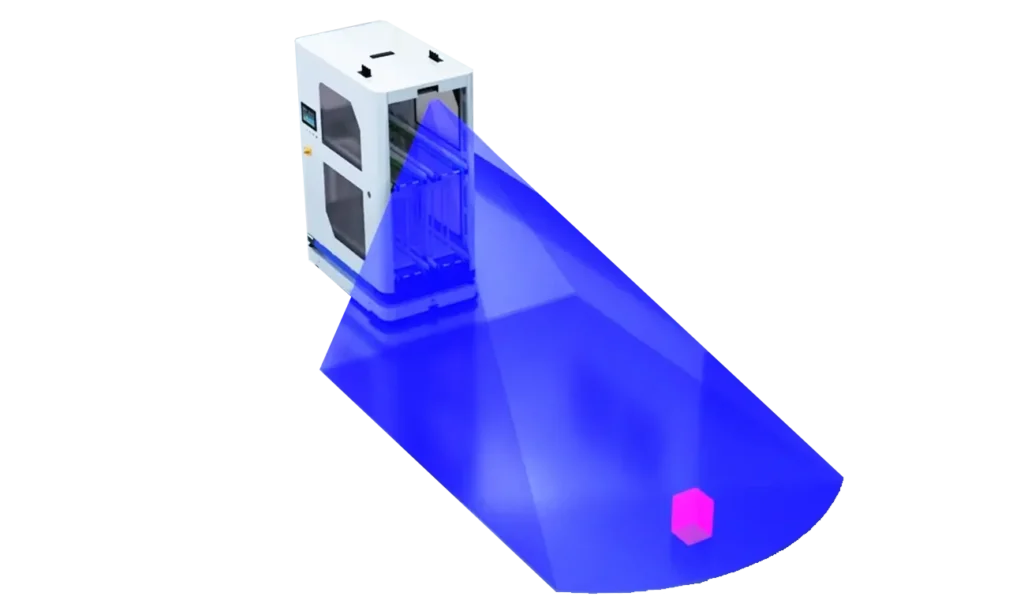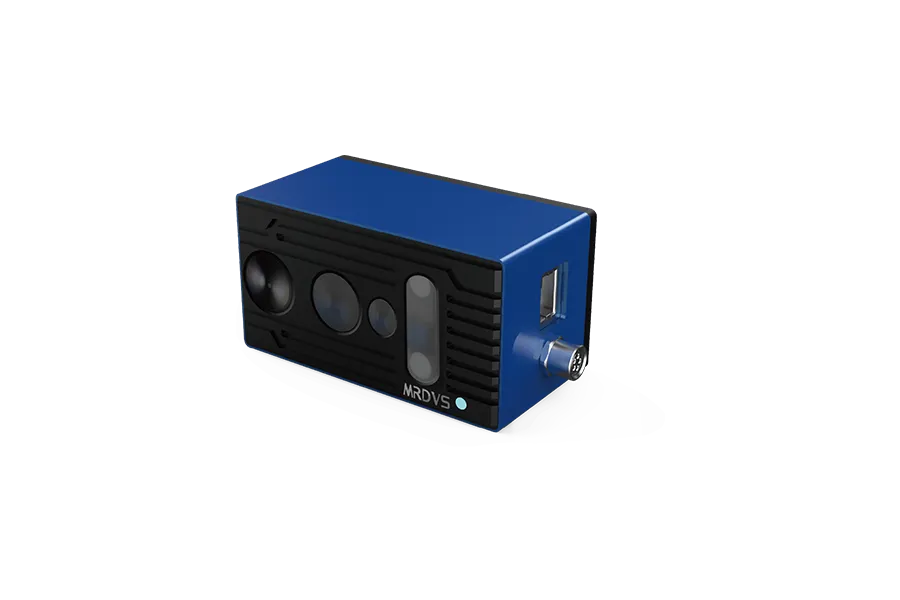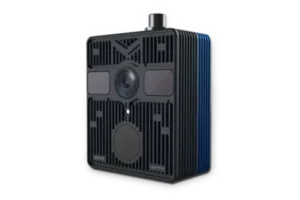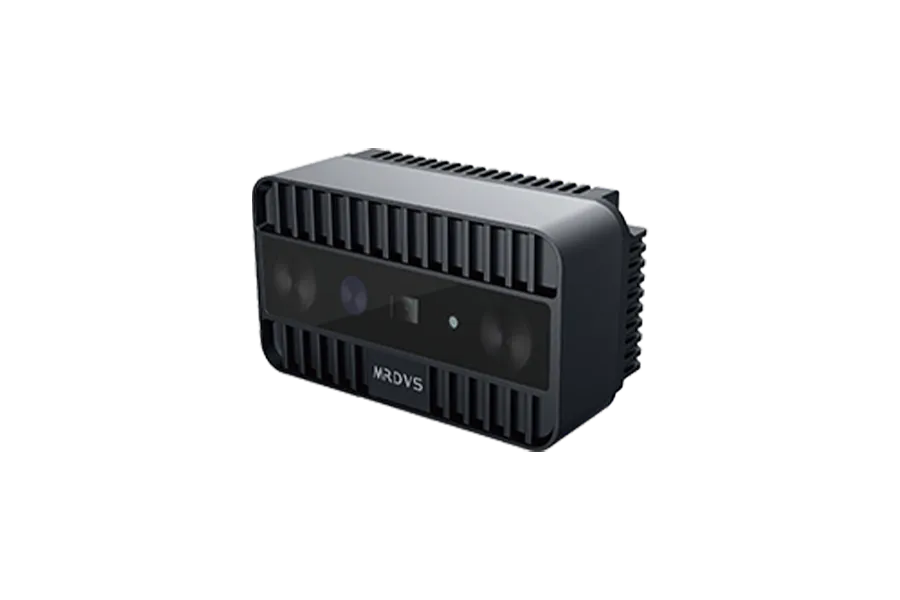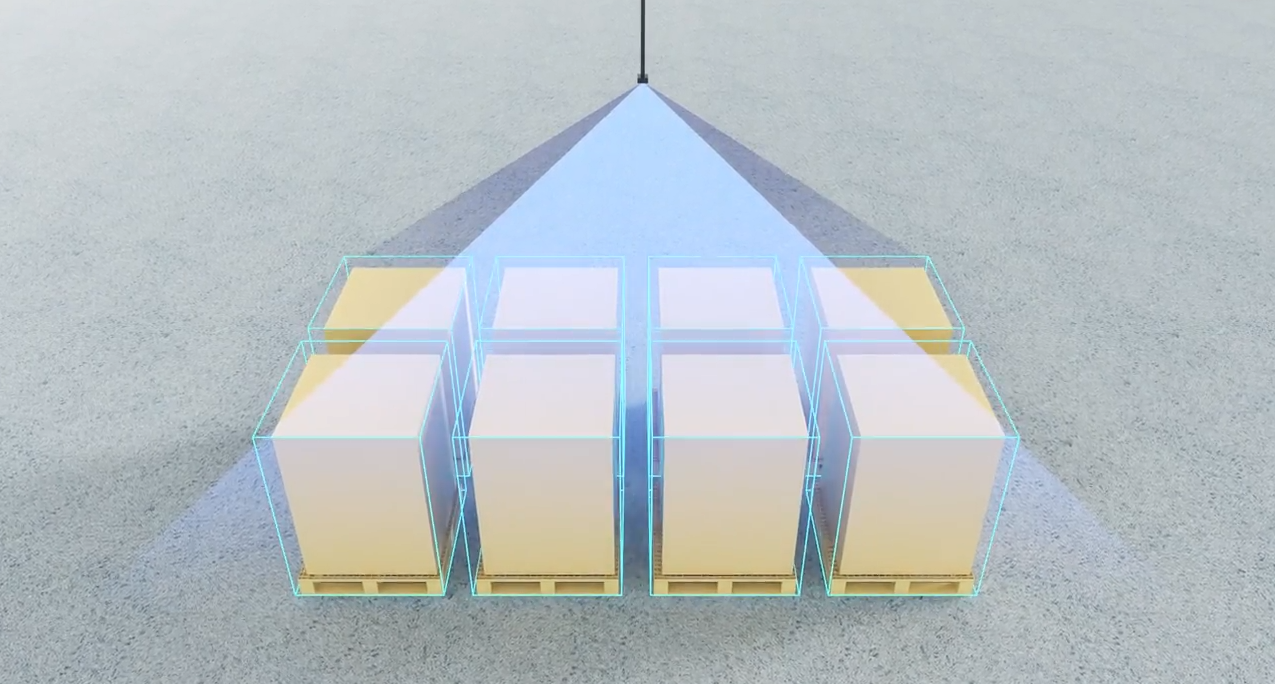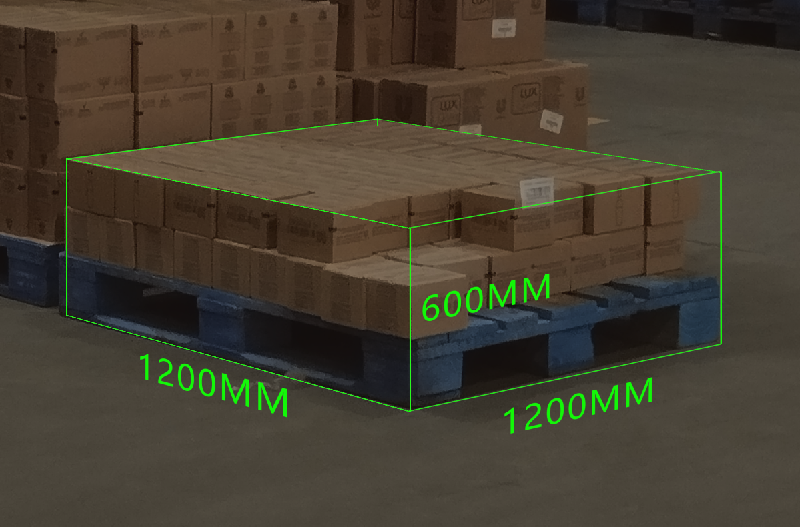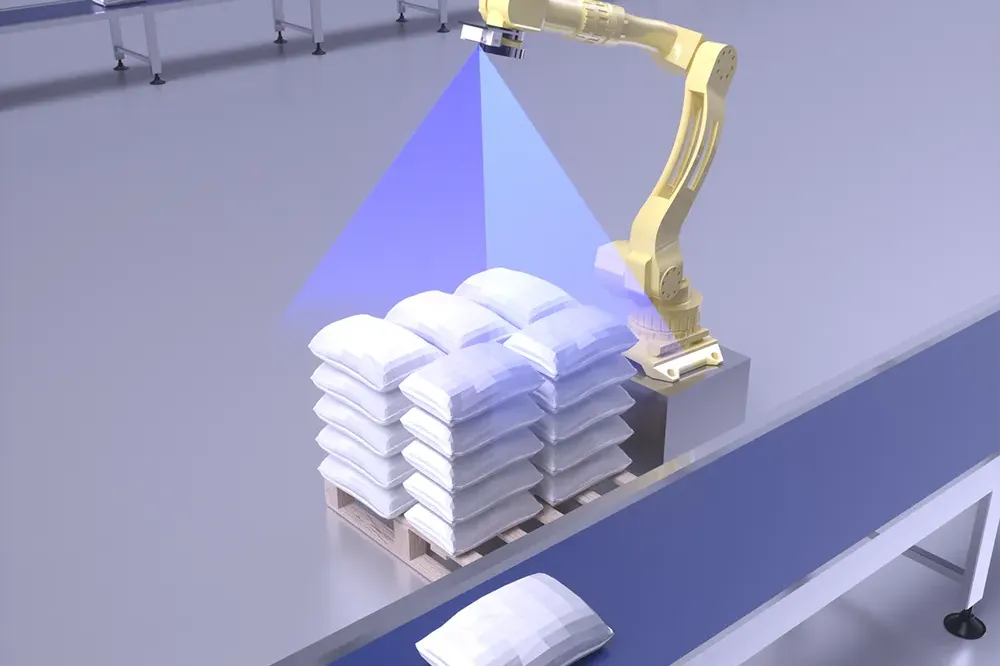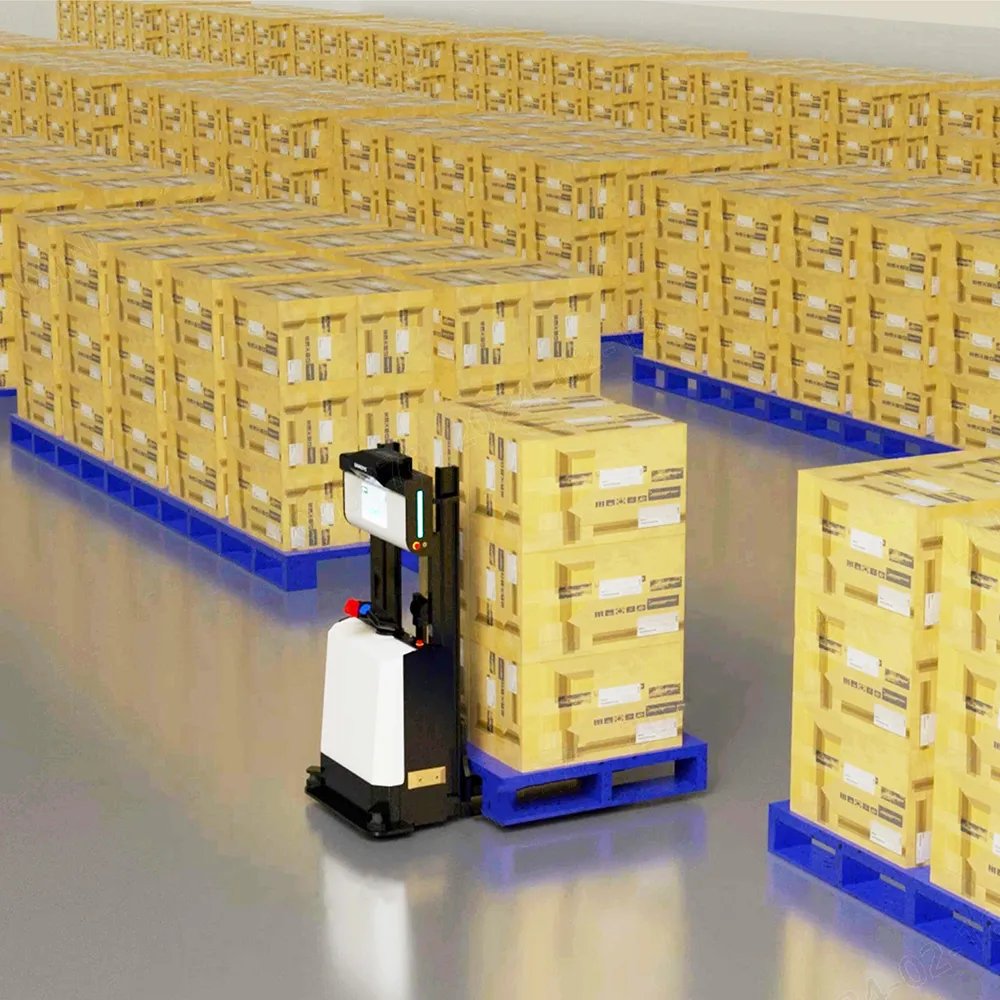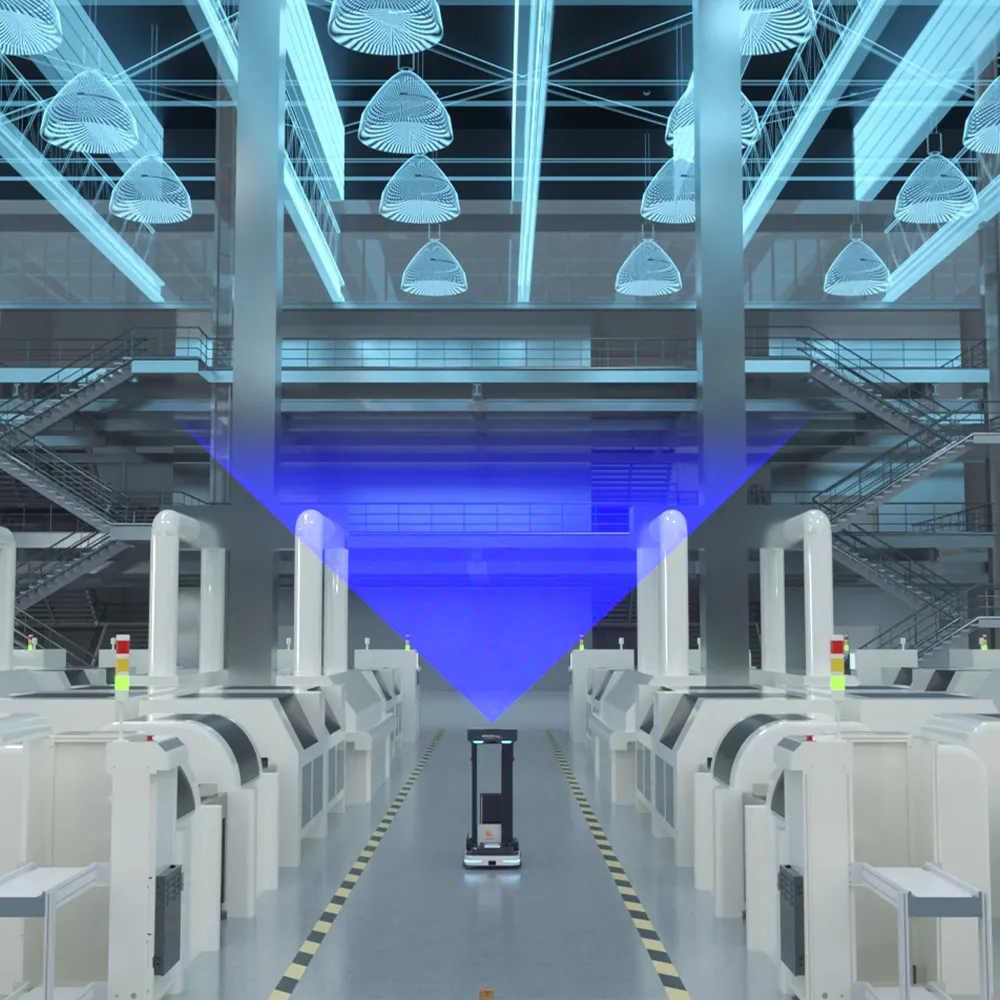What is 3D Obstacle Avoidance
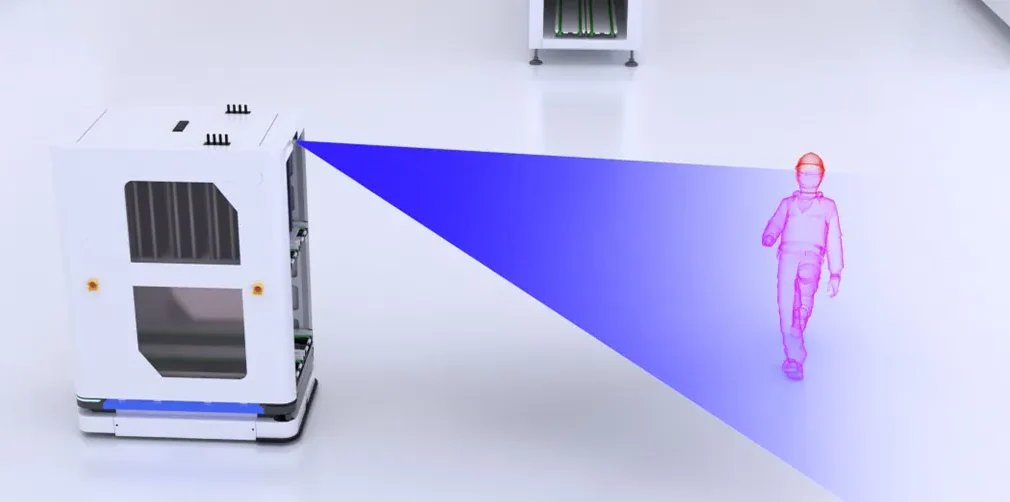
- Depth Perception
- Real-Time Spatial Mapping
- Adaptive Path Planning
3D obstacle avoidance is crucial for enhancing the safety and operational efficiency of mobile robots in dynamic settings such as logistics centers and healthcare facilities. Unlike traditional 2D LiDAR solutions, which can struggle with the differentiation of object heights, 3D vision systems excel in preventing collisions and ensuring continuous operation. These advanced systems intelligently distinguish between temporary and permanent obstacles, as well as dynamic and static obstacles, reducing the need for costly interventions and minimizing safety hazards.
Why choose MRDVS 3D obstacle avoidance solution
Multimodal Data Fusion
- Combines RGB and depth data to enhance robot perception , enabling accurate navigation in complex environments.
Seamless Integration
- Easily integrate with existing robot control systems via I/O interface, allowing for customization of avoidance parameters.
Object Semantic Recognition
- Identifies and classifies objects within the robot's environment, enabling mobile robots to make informed decisions to navigate around obstacles.
Push beyond the boundaries
| MRDVS CV-SLAM | 2D LiDAR Feature Based | 2D LiDAR Reflector Based | |
| Infrastructure free |  |  | — |
| Fast changing environments |  |  | — |
| Public and crowded spaces |  | — |  |
| Ramps |  | — | — |
| Large halls |  |  |  |
| Long corridors |  | — |  |
| Both in- and outdoor usage |  | — | — |


Enhancing Spatial Perception with Object Semantic Recognition
Object semantic recognition involves identifying and classifying objects within the robot’s environment.
By understanding what objects are and where they are located, mobile robots can make informed decisions to navigate around obstacles.
Sensor For Obstacle Avoidance
RGB-D Camera
Multimodal Data Fusion
Multi-camera Enabled
Special algorithm and photonic devices integrated
High Frame Rate
Up to 15 frames per second
Seamless Integration
Ethernet and I/O interfaces supported
Light Robustness
940nm laser to maximize SNR
5 Meters Working Range
Effective up to 5 meters
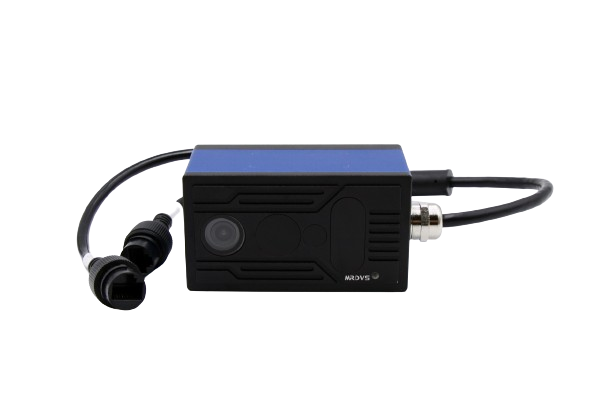
FAQ
Traditional 2D navigation systems rely on planar representations of the environment, which work well in controlled, flat settings but struggle in real-world environments with varying obstacle heights, uneven terrain, and dynamic elements. This can lead to navigation errors and potential collisions. In contrast, 3D obstacle avoidance systems capture the full three-dimensional structure of the environment, allowing for better detection and avoidance of obstacles at different heights and depths. This results in more accurate navigation and safer operation in complex and dynamic environments.
While both 3D cameras and 3D Lidars provide depth information crucial for AGV (Automated Guided Vehicle) and AMR (Autonomous Mobile Robot) navigation, they have different strengths and limitations. Generally, 3D Lidars offer a longer detection range, making them suitable for large environments and outdoor use, whereas 3D cameras have a shorter range, making them more suitable for indoor applications. Additionally, 3D Lidars are generally more expensive due to their advanced sensing capabilities, while 3D cameras are typically more affordable, providing a cost-effective solution for many applications.
A 3D camera can potentially replace a 3D Lidar for AGV/AMR navigation in environments where its limitations, such as range and lighting conditions, are not critical issues. For applications requiring detailed and long-range environmental mapping, 3D Lidars might still be preferred. The choice between a 3D camera and 3D Lidar should consider factors such as specific application requirements, environmental conditions, and budget constraints.
When selecting a 3D camera for robotics, consider the following factors:
– Resolution and Frame Rate: Higher resolution and frame rate can provide more detailed and timely data.
– Field of View (FOV): A wider FOV allows the camera to capture more of the environment.
– Range: Ensure the camera can accurately detect objects at the required distances.
– Size and Weight: The camera should be suitable for the robot’s size and weight constraints.
– Data Interface: Compatibility with the robot’s processing capabilities and data interfaces (e.g., USB, Ethernet).
– Environmental Robustness: The camera should be able to operate in the expected environmental conditions, including lighting, temperature, and weather resistance.
Read more: Obstacle Detection Sensor: Types, Benefits, and How to Choose the Right One
